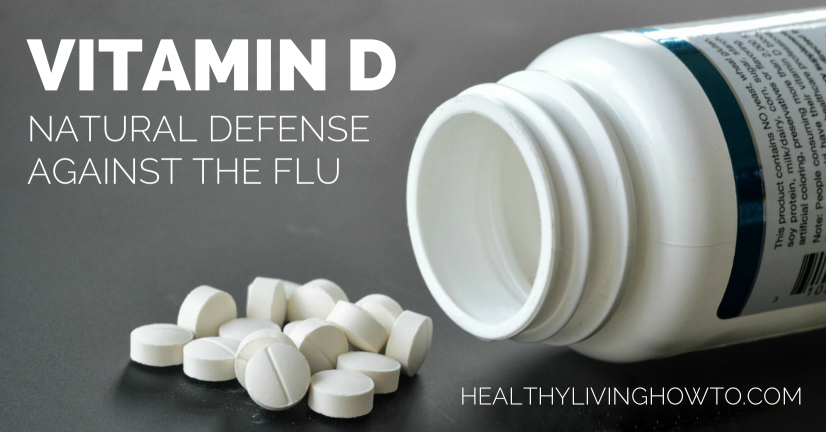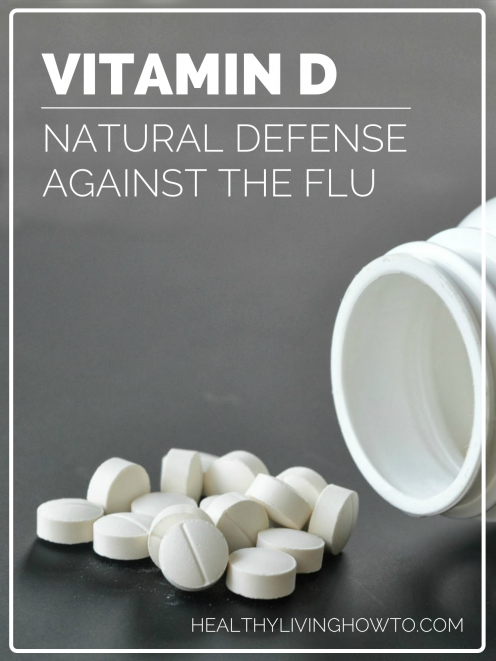School is back in session, Monday night football has started and signs of fall are popping up everywhere (I’m not talking about the Halloween display at Costco – that’s been up since July 5th). You know what this all means don’t you? It’s the start of the cold and flu season. I can’t even pull into our local conventional grocery store without being bombarded with 15 signs for the flu shot, not that their marketing techniques have ever worked on me. I’ll save the flu shot debate for another post, because today’s blog post is about how to support your immune system and prevent the sick bugs from biting you in the butt by simply optimizing your vitamin D levels.
Did You Know
Knowing your vitamin D status and supplementing appropriately is a low-risk nutritional choice you can make that can support your immune system. A strong and robust immune system is more likely to fight off an invader than succumb to it.
Vitamin D triggers the body to make its own antibiotics called antimicrobial peptides which have been shown to inactivate the flu virus.
Seasons and the Flu
R. Edgar Hope-Simpson, a British family practice doctor, was the first to propose the idea that the yearly flu outbreak was related to the seasons of the year. He showed that flu outbreaks peaked during the two months surrounding the winter solstice. During the summer months in both hemispheres, influenza is virtually nonexistent. Aside from the flu, the common cold, which is actually a variety of more than 200 different viruses, also has a peak during the winter months.
Though people may be less likely to spend leisure time outdoors during the colder months, it’s unlikely the higher rates of sickness are caused by being around others more. Instead, it’s more likely the lower exposure to sunlight causes a physiological change in the body. The temperatures become cooler as certain hemispheres get less direct sunlight. This causes people to spend more time indoors, and even when they’re outside they do not get UVB light necessary for vitamin D, like they do during summer months. This has led researchers to look at vitamin D levels as a likely contributor to immune function.
The Sun
Vitamin D is produced when our naked skin (yes, without sunscreen), is exposed to sunlight. Many people correlate sun exposure to vitamin D, however, what most don’t realize is that for the body to produce sufficient amounts, the sun exposure needs to be at specific times of the day with the majority of the skin fully exposed. Where you live relative to the equator, the color of your skin and the amount of skin exposed, all affect how much vitamin D your body will produce. Sitting in front of a window with the sun shine peering in will do little to improve your vitamin D status. Taking an outdoor walk over lunch, while may be exhilarating, also will do little for your vitamin D status, unless of course you walk nearly nude.
Deficiency
Vitamin D deficiency is more common than previously thought. The Centers for Disease Control reports that the percentage of adults achieving vitamin D sufficiency as defined by 25(OH)D of at least 30 ng/mL is approximately 30% in whites and about 5-10% in African Americans. Even when using a conservative definition of vitamin D deficiency, many patients encountered in clinical settings are found to be deficient in vitamin D.
Measurements and Ranges
When it comes to blood levels of vitamin D, it is easily measured and is becoming more common place, even among conventionally trained doctors. There is quite a range, from clinical deficiency to the levels required for optimal health. Blood vitamin D levels above 10 ng/mL may help one avoid rickets, but it takes more than 20 ng/mL to suppress parathormone levels. Levels of more than 30 ng/mL are necessary to increase calcium absorption and levels greater than 50 ng/mL have been shown to improve physical performance.
The authority on vitamin D status, the Vitamin D Council, suggests an optimal range of 40-80 ng/mL.
As is common in Western versus holistic medicine, there is an inconsistency of opinion on what is ideal when it comes to blood levels of vitamin D. It is important to remember that when it comes to lab values sufficient and optimal are two different things.
Supplementation
The amount of vitamin D one can safely take is going to vary from person to person. There is no standard recommended amount and before supplementing it is important to get your levels measured first. The blood test you need is called a 25(OH)D blood test.
When it comes to supplementation, The Vitamin D Council recommends taking vitamin D3 rather than vitamin D2. Vitamin D3 is the type of vitamin D your body produces in response to sun exposure, while vitamin D2 is not. Many people assume that adequate vitamin D intake can be obtained via diet alone. This assumption is erroneous. The vitamin D content of most foods, including fortified dairy products, is relatively low to nonexistent.
I personally take 5000 IU daily of supplemental vitamin D and get my levels checked twice a year. I feel my best with my levels in the mid-70 ng/mL range, have never opted for the flu shot and have not gotten bit by the flu bug for as long as I can remember.
If you are looking for a high-quality vitamin D supplement, there are two I recommend, this one (liquid) and this one (pill).
For more information on how to optimize your immune system (hint: gut health is really important too) before the flu season strikes read: Set Your Immune System Up For Success.
The fact of the matter is that if your immune system is operating optimally, your chances of contracting a cold or flu-like illness or influenza are very slim. Vitamin D is an important player in overall healthy immune function, but it’s also an effective antimicrobial agent in its own right, producing 200 to 300 different antimicrobial peptides in your body that kill bacteria, viruses and fungi. So optimizing your vitamin D levels will help combat viruses in more ways than one. ~Dr. Mercola Source: Things to Consider Before Getting the Flu Vaccine

